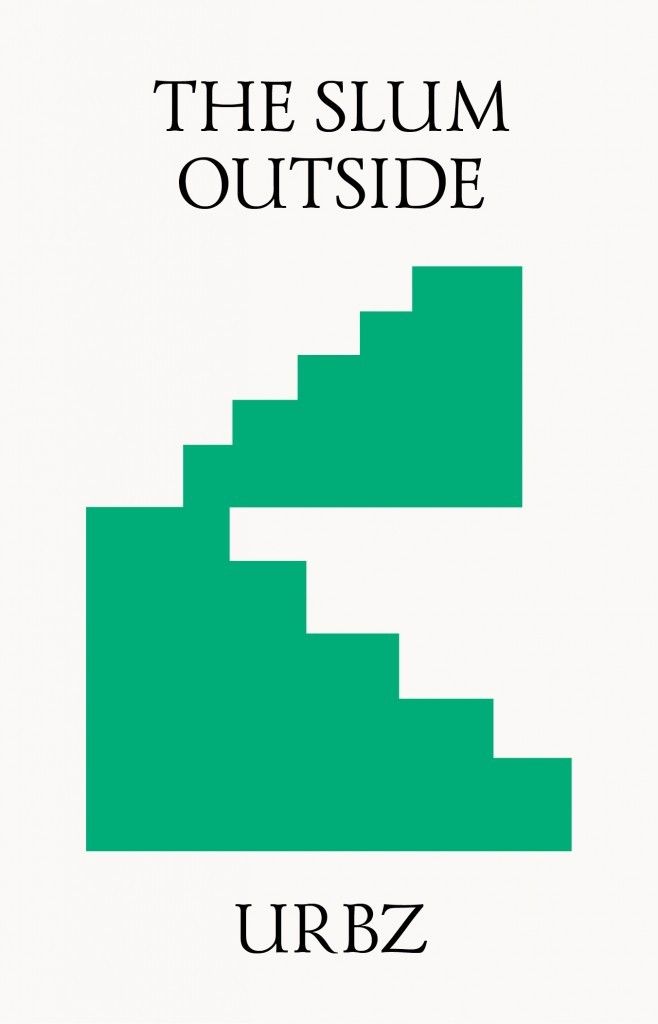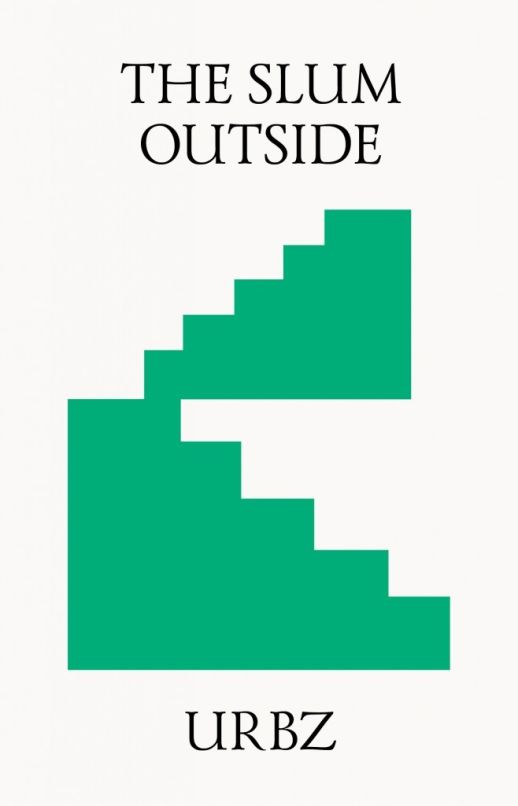The Slum Outside

The Slum Outside
urbz is proud to announce the publication of an e-book on Dharavi. It is published by Stelka Press (Moscow-London). You can order it here in digital and print formats. Below is an excerpt:
Dharavi, in the heart of Mumbai, is supposed to represent the quintessential Asian slum. Crowded streets and busy markets; domestic workshops cheek by jowl with sweatshops producing both real and fake Pepe jeans; brick houses rising as high as their microscopic footprints allow; high-rises mushrooming here and there like gigantic shacks; schools in Kannada, Tamil, Hindi, English, Marathi, Urdu and other languages, usually with more than 50 pupils per class; temples of every Buddhist and Hindu denomination; flamboyant mosques so crowded that people have to pray on the streets during namaz; old churches with full congregations – remnants of the region’s seventeenth-century Portuguese history – and new evangelical missions converting low-caste Hindus by the dozen; community toilets that double up as marriage halls; piles of garbage waiting to be picked over by scavengers; open drains running along narrow back streets; thousands of water pipes branching off in every direction.
Dharavi invariably confuses those eager to capture its reality in shorthand. Visitors looking for an essence of the place often land on its edges and corners, in spots that most Dharavi residents themselves have seen only on TV. They may be rewarded for their intrepidness by the sight of barefoot children walking on water pipes against the obligatory backdrop of garbage – a cliché that resonates so powerfully with familiar discourses on poverty and inequality that it obliterates the depth and complexity of the place. Dharavi is diverse and rapidly transforming, and it deceives as much as it overwhelms. It is an enigma that cannot be resolved by simply labelling it one thing or the other.
From the rooftop of Mohan Kanle’s two-storey house, the neighbourhood seems part of the immutable story of urbanism, recalling medieval Italian towns, Istanbul’s bazaars, the by-lanes of Benares, old Delhi, Guangzhou’s urban villages and even Tokyo’s dense residential suburbs. From this vantage point, it seems embedded in the shadow history of human settlements anywhere in the world where planning and control give way to incremental and small-scale development. In some parts, one sees hundreds of low-rise structures so tightly packed that they appear to share one single cement-sheet roof. No wonder urban designers and architecture students love to imagine bridges connecting all of these houses, with new roofs acting as public spaces and gardens.
Mohan’s house was built by his father in the early 1990s. Mumbai’s extreme weather, with monsoon rain for four months and hot, saline air most of the year, has tested the limits of this humble structure. The roof has been leaking for a few years, forcing Mohan to install a shed as protection from the violent rains. About 18 people share seven rooms, which can be accessed from multiple entrances. The structure consists of a maze of connecting doorways and passages, and its uneven proportions are a legacy of its incremental growth. While not abnormally big for Dharavi, the house is larger than most others. There is no rule when it comes to the housing typology of Dharavi. Diversity is the only norm.

